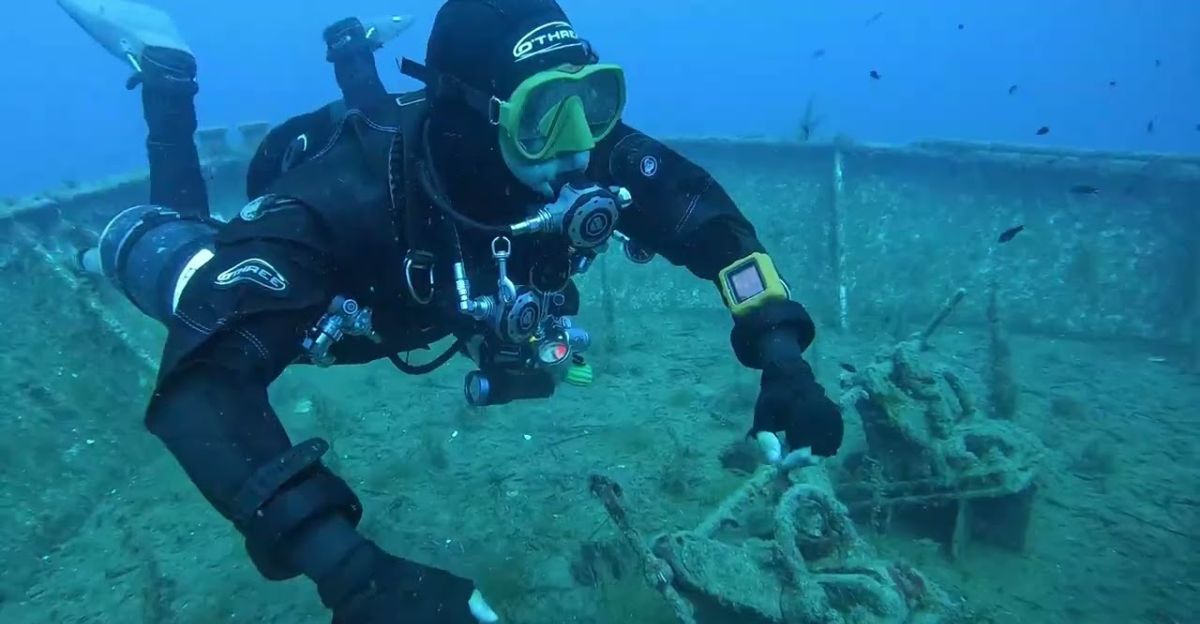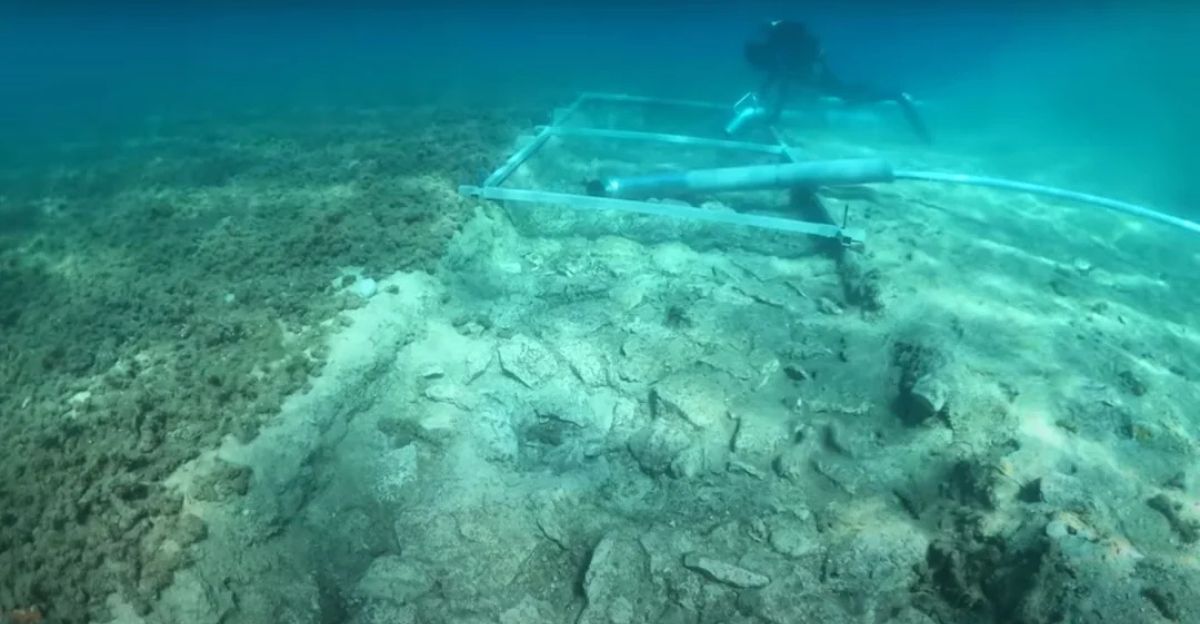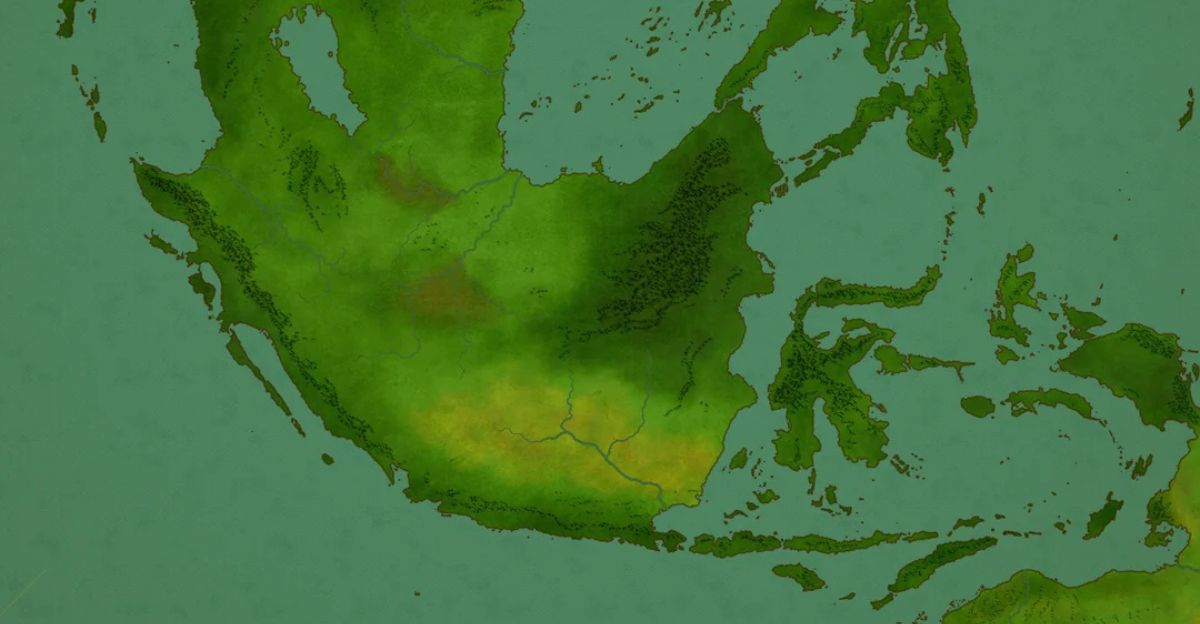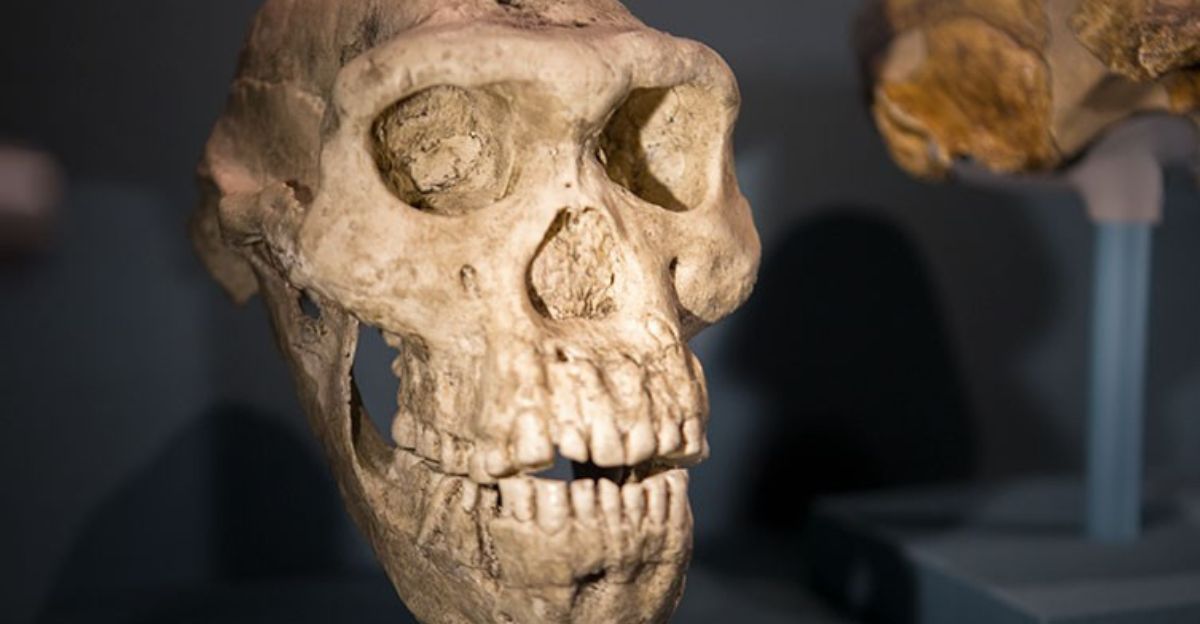
The ocean is a marvelous and mysterious place just waiting to be discovered, as the ocean has only been explored a mere 5% to this day. Can you imagine the secrets that are still waiting to be uncovered? Finding a 140,000-year-old city is a great place to start. Researchers were alerted to fossilized remains off the coast of Indonesia, between the Java and Madura islands, proving that this was once a flourishing environment for humans and animals alike.
The site, which is now submerged beneath the Madura Strait, is the first evidence of the prehistoric landmass known as Sundaland.
The Accidental Find

There’s nothing like a good ol’ accidental find, especially if there have only been stories but never physical proof. In 2011, maritime sand miners working near Surabaya, off the coast of Indonesia between Java and Madura, were dredging sediment from the seabed for reclamation projects when they stumbled upon more fossilized remains than they had ever seen.
Workers found thousands of animal fossils, which would later be linked to over 36 species, and two human skull fragments. The site and fossils were quickly handed over to scientists, who spent years analyzing these finds to determine better where they came from.
The Mysterious Sundaland

Sundaland was once a vast prehistoric landmass that connected much of Southeast Asia, including the Malay Peninsula, Sumatra, Borneo, Java, and surrounding islands. During the last ice age, lower sea levels exposed this immense expanse of rainforests and coastal mangroves, forming a contiguous land bridge across the region.
As the earth started to warm, ice sheets began to melt, and land started disappearing. Around 26,000 and 6,000 years ago, sea levels rose by about 427 feet, flooding half of Sundaland and breaking it apart into the islands and peninsulas we know today.
Dating the Submerged World

Finding out exactly how old this remarkable find was was a challenge of its own. Researchers had to use Optically Stimulated Luminescence (OSL), a technique determining when sediment was last exposed to sunlight, to analyze the layers encasing the fossils and ancient riverbeds. These tools allowed researchers to determine that the land was between 162,000 and 119,000 years ago.
This places Sundaland directly in the late Middle Pleistocene epoch, and along with the age of the humans and animals, they were able to establish precisely when this ecosystem was thriving.
Our Ancient Human Ancestors

One of the most astonishing aspects of this discovery was the finding of two human skull fragments that belonged to Homo erectus, one of our ancient ancestors. This species was the first in the human lineage to develop a modern body plan and to master walking fully upright, which enabled them to travel long distances and ultimately become the first hominins to migrate out of Africa into Asia and Europe.
“This period is characterized by great morphological diversity and mobility of hominin populations in the region,” said archaeologist Harold Berghuis from the University of Leiden.
A Trove of Animal Fossils

The collection of animal fossils found in the Madura Strait was quite remarkable, with more than 6,000 fossils recovered. Scientists identified remains from 36 vertebrate species, including river sharks, turtles, hippos, elephants, the extinct Stegodon, and various bovids like the water buffalo. These fossils are not-so-living proof that the submerged land was once home to land and aquatic animals that thrived in the habitats.
Besides giving an indication of the types of animals that lived during this time, these fossils also reveal the biodiversity and survival strategies of prehistoric Southeast Asia.
Evidence of Advanced Hunting

Researchers found cut marks on turtle shells and numerous broken bovid bones, proving that these animals were butchered, a behavior linked to more modern human populations. The discovery that Homo erectus in Sundaland engaged in advanced hunting practices shows that they were far more intelligible than once, though.
“The Madura Strait hominins may have developed this hunting strategy independently,” said Berghuis. “But the other possibility is that we are looking at a kind of cultural exchange.” Remarkably, the hominins targeted healthy, prime-age bovids rather than scavenging or preying on weaker animals, suggesting a strategic approach to hunting that required planning and skill.
The Ancient River System

During the late Middle Pleistocene, this region was crisscrossed by major rivers such as the Solo and Brantas, which carved deep valleys and supported a diverse aquatic and terrestrial species ecosystem. As the earth heated, these ancient rivers and valleys filled with water, preserving fossil-rich sediments beneath the ocean surface.
These rivers were thriving habitats for many creatures as it provided year-round fresh water for animals and Homo erectus. Not to mention that this made for some of the best hunting grounds due to the large gathering of animals in the area.
Implications for Human Evolution

These Madura Strait fossils completely change our understanding of human evolution, particularly in Southeast Asia. The presence of Homo erectus remains proves that they had advanced hunting skills targeting a diverse array of animal species. This clearly indicates that early humans were not isolated, as once believed, but were part of a dynamic and interconnected ecosystem.
This suggests the possibility of cultural exchange or even genetic interactions between Homo erectus and other hominins, such as Denisovans or early Homo sapiens, who may have coexisted or overlapped in the region.
The Ongoing Search for Lost Worlds

As mentioned before, the ocean floor has only been explored a mere 5% which is barely anything, seeing as the ocean covers 71% of the earth. Advances in underwater archaeology have revolutionized the field, allowing researchers to explore and analyze once inaccessible sites. These submerged landscapes provide some of the best conditions for preserving fossils and artifacts and giving researchers insights into ancient ecosystems and human societies.
As technology keeps improving, the chances of finding these lost civilizations become more and more common, helping us better understand the world that lived before us.
Explore more of our trending stories and hit Follow to keep them coming to your feed!

Don’t miss out on more stories like this! Hit the Follow button at the top of this article to stay updated with the latest news. Share your thoughts in the comments—we’d love to hear from you!







